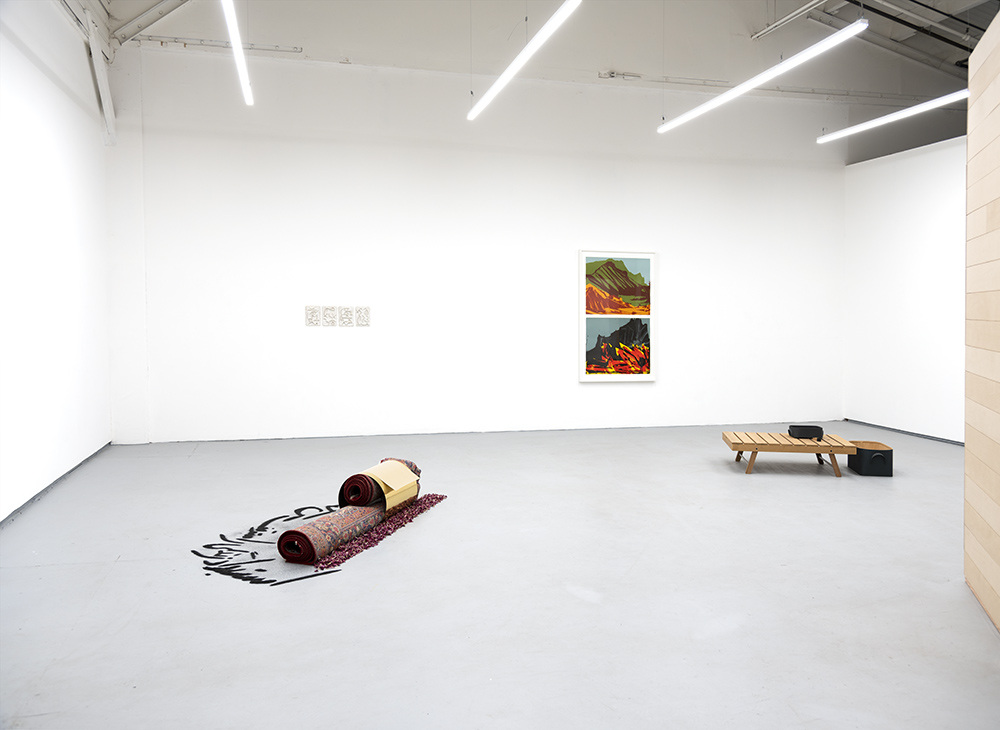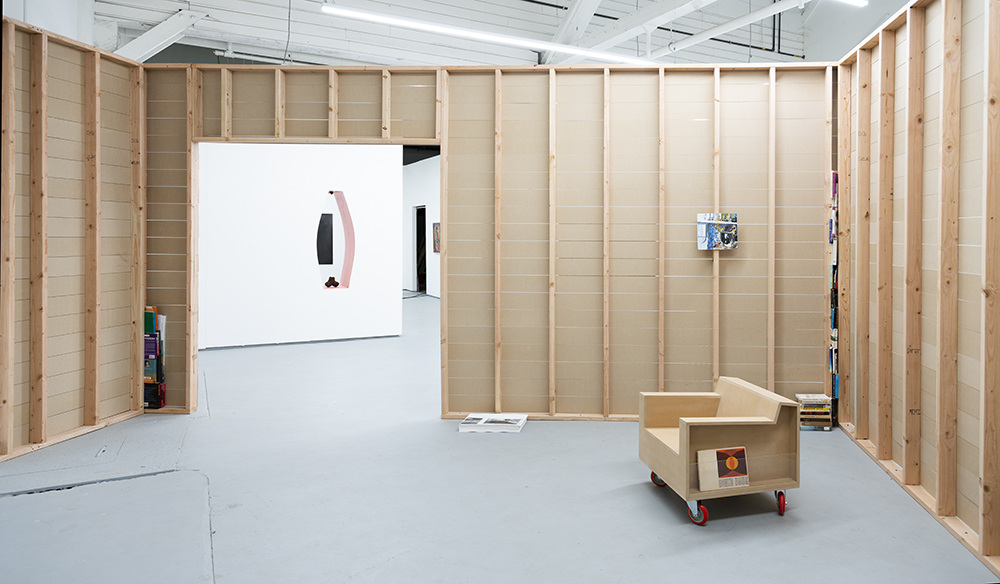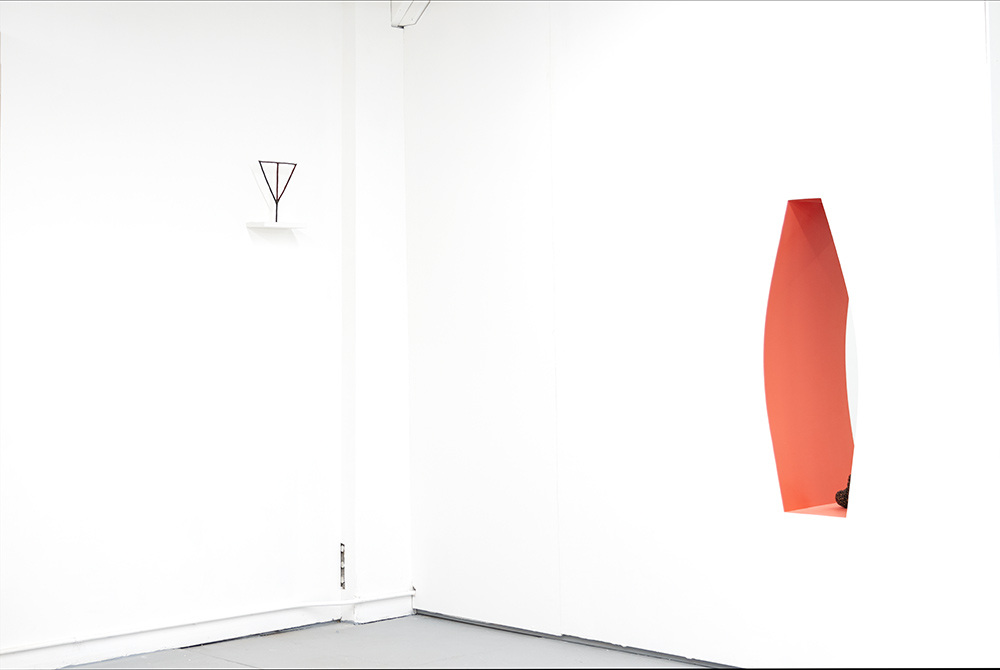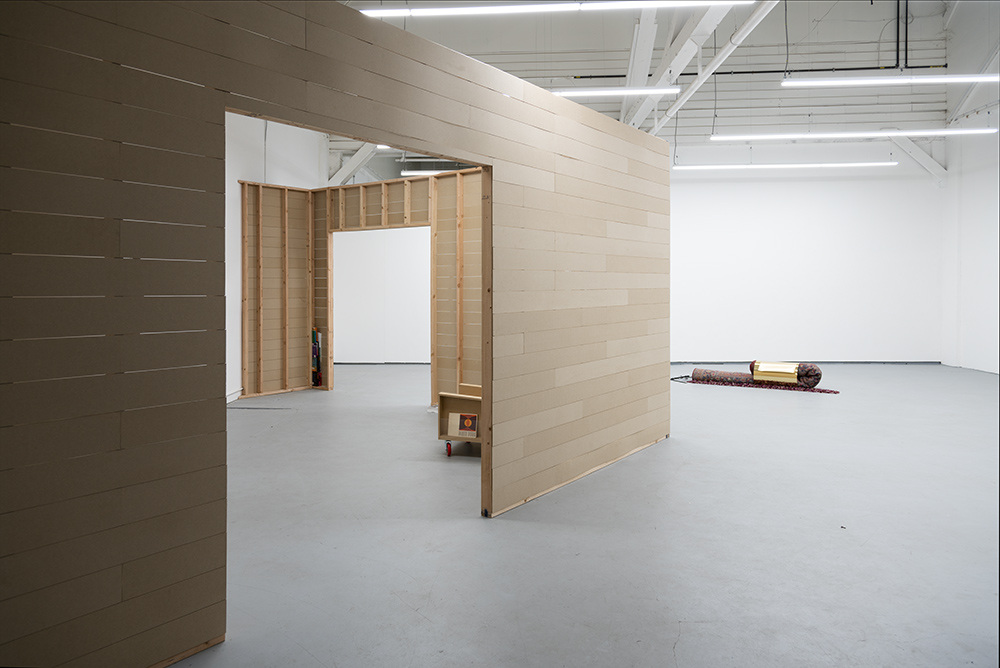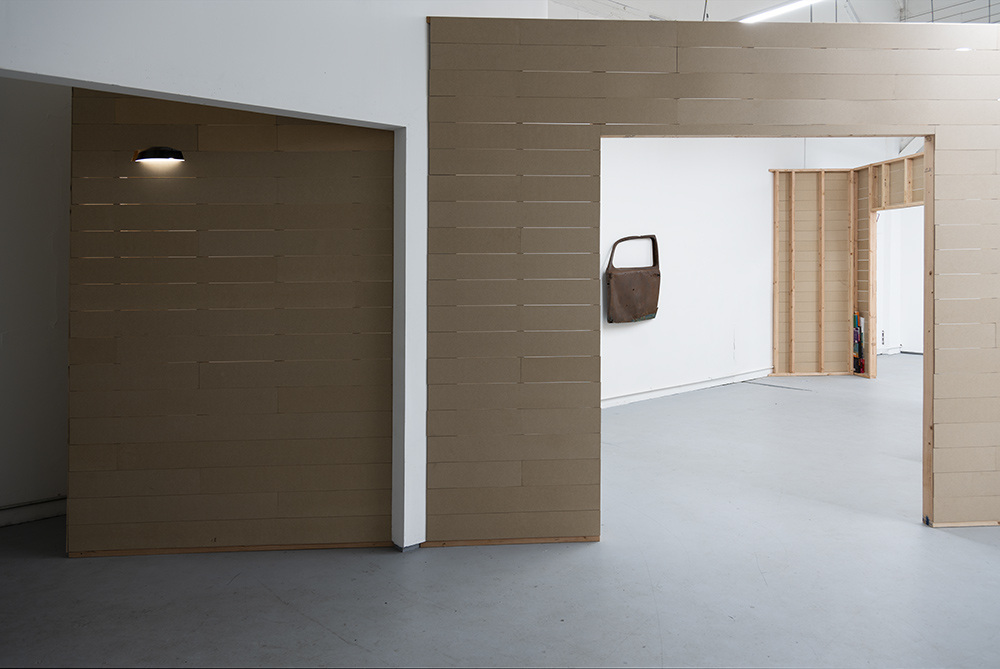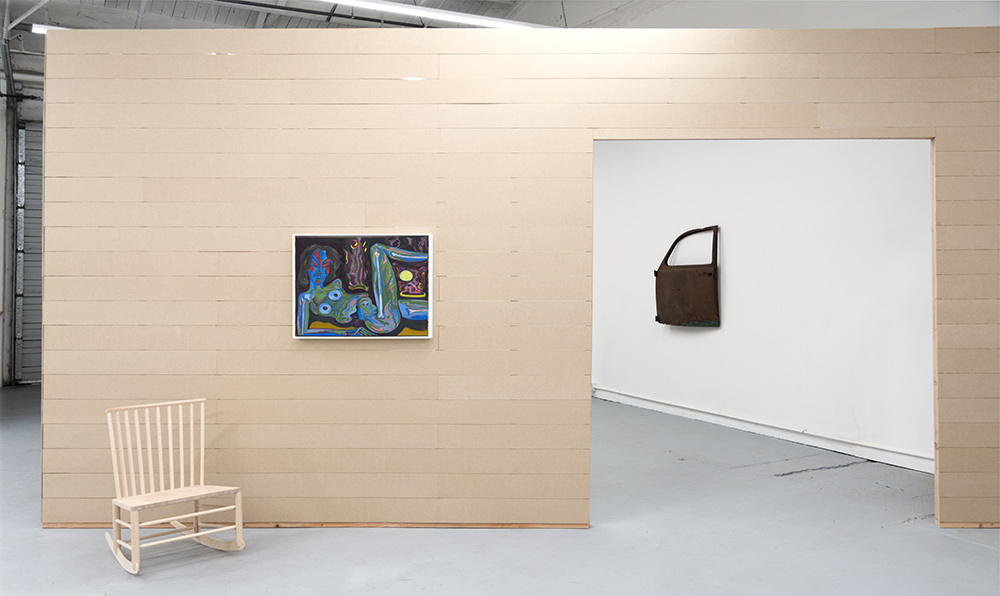A Good Way to Invent the Future
(group exhibition at ︎︎︎Ditch Projects)
Curated by Mike Bray and Marissa Lee Benedict
2020
(group exhibition at ︎︎︎Ditch Projects)
Curated by Mike Bray and Marissa Lee Benedict
2020
︎︎︎Exhibition documentation (link)
Part archive, part reading room, part installation, A Good Way to Invent the Future hosted the work of thirteen artists, and a series of programmed events, from November 16, 2019 to Jan 18, 2020. Structured as a “show within a show,” the 2,000 square foot exhibition featured a partial reconstruction of Ditch Projects’ original gallery space (active from 2008 - 2011) hosting works by founding members of the artist collective – Jared Haug, Dave Siebert, and Jesse Sugarmann – alongside a large installation of works by John and Wonhee Arndt, Tannaz Farsi, Ron Jude, Rainen Knecht, Young Joon Kwak, James Lavadour, Donald Morgan, Lisa Radon, and Stacy Jo Scott. Used books, re-printed texts and images, and sonic intervals punctuated the exhibition, circulating in and around the installed pieces. Visitors were asked to slow down, and to spend time with, and alongside, the works in the exhibition.
Pausing to reflect on Ditch Project’s decade-long trajectory as an artist-run project space in Springfield, OR, A Good Way to Invent the Future jumped off to land sideways in a pool of designed objects and works of visual art that speak, in glances and meandering gazes, to Oregon’s history as a ‘white utopia’ and a frontier state, with its particular libertarian leanings, punk sensibilities, and hippie counter-cultural romanticism. Sitting with these histories of the Pacific Northwest, the exhibition critically addressed the impulses of self-determine communities, sorting through the projections of desire, ownership and belonging within the landscape of Oregon. Boundaries between individual and collective, object and environment, space and place become queerer as the exhibition mapped an entangled sense of the future, with a vanishing point in the trailing fog of the past.
__
The exhibition was generously supported by a Documentation and Exhibition Grant from the Ford Family Foundation.
Part archive, part reading room, part installation, A Good Way to Invent the Future hosted the work of thirteen artists, and a series of programmed events, from November 16, 2019 to Jan 18, 2020. Structured as a “show within a show,” the 2,000 square foot exhibition featured a partial reconstruction of Ditch Projects’ original gallery space (active from 2008 - 2011) hosting works by founding members of the artist collective – Jared Haug, Dave Siebert, and Jesse Sugarmann – alongside a large installation of works by John and Wonhee Arndt, Tannaz Farsi, Ron Jude, Rainen Knecht, Young Joon Kwak, James Lavadour, Donald Morgan, Lisa Radon, and Stacy Jo Scott. Used books, re-printed texts and images, and sonic intervals punctuated the exhibition, circulating in and around the installed pieces. Visitors were asked to slow down, and to spend time with, and alongside, the works in the exhibition.
Pausing to reflect on Ditch Project’s decade-long trajectory as an artist-run project space in Springfield, OR, A Good Way to Invent the Future jumped off to land sideways in a pool of designed objects and works of visual art that speak, in glances and meandering gazes, to Oregon’s history as a ‘white utopia’ and a frontier state, with its particular libertarian leanings, punk sensibilities, and hippie counter-cultural romanticism. Sitting with these histories of the Pacific Northwest, the exhibition critically addressed the impulses of self-determine communities, sorting through the projections of desire, ownership and belonging within the landscape of Oregon. Boundaries between individual and collective, object and environment, space and place become queerer as the exhibition mapped an entangled sense of the future, with a vanishing point in the trailing fog of the past.
__
The exhibition was generously supported by a Documentation and Exhibition Grant from the Ford Family Foundation.
